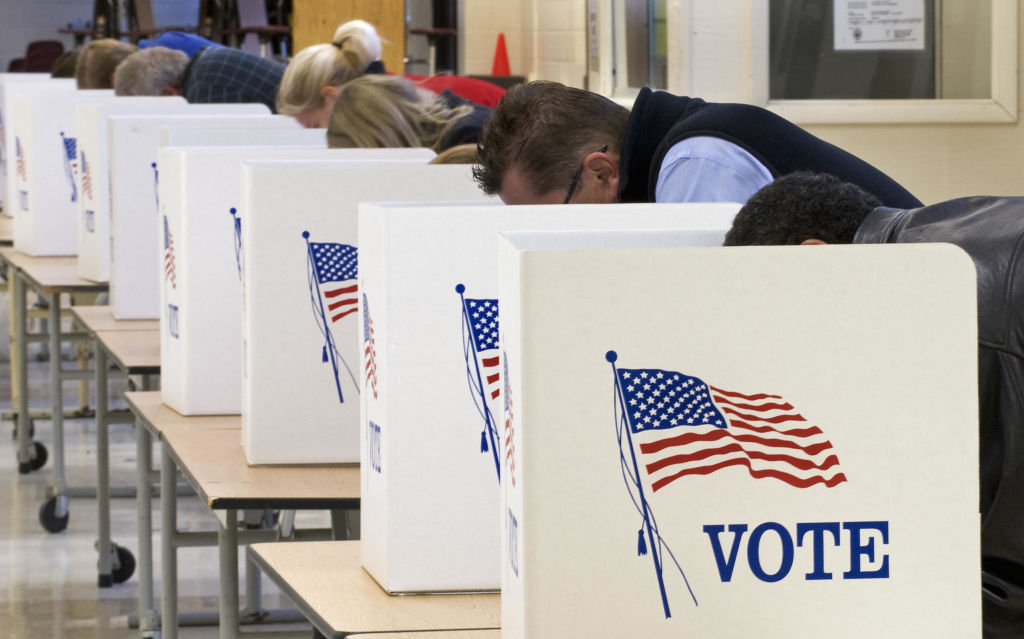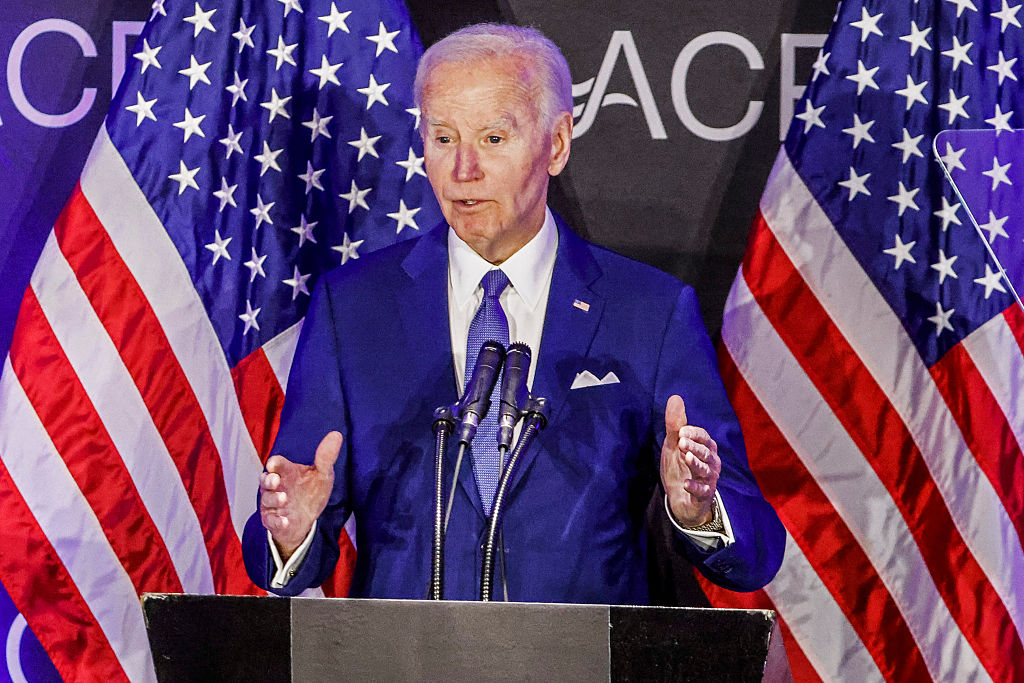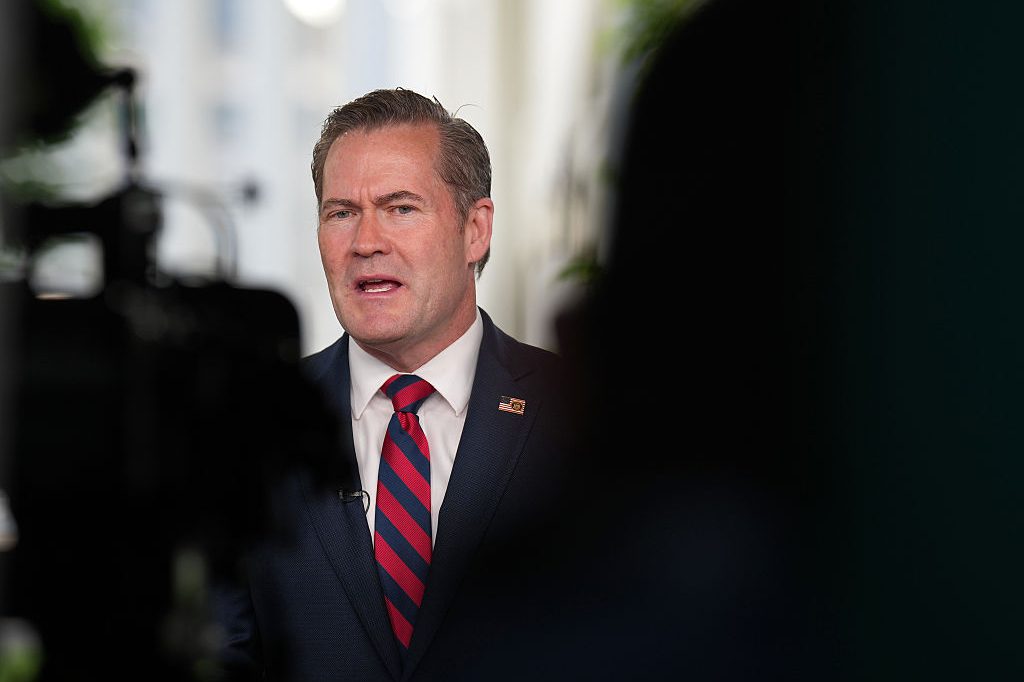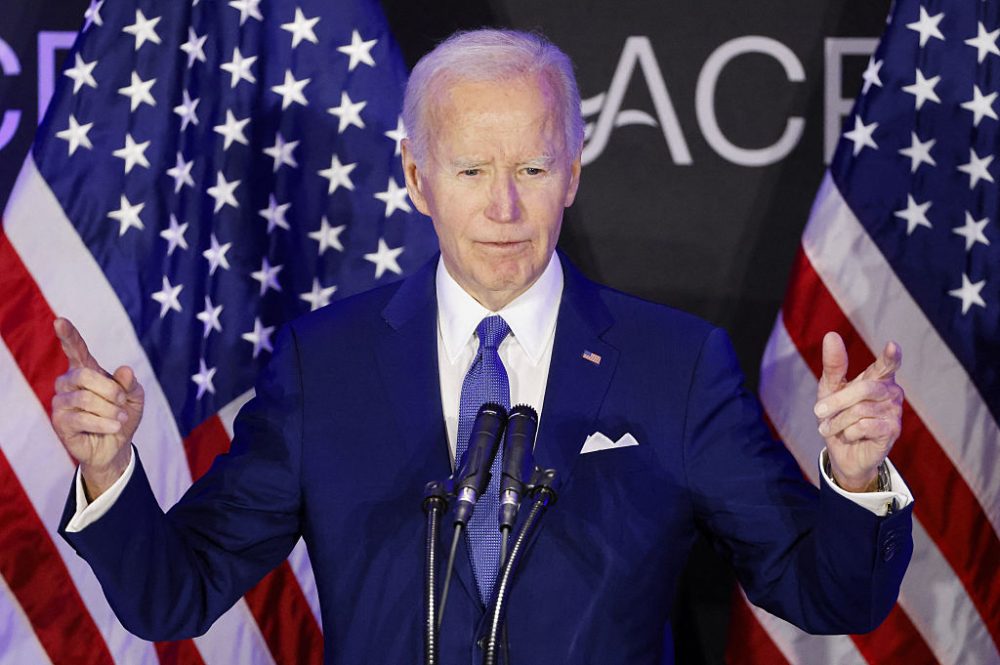It’s nicknamed “the Keystone State” because, if my memory of junior-year Pennsylvania history class serves me, in America’s early founding it was the arch stone holding together the handful of other young states.
Fast-forward forty-eight states and nearly 250 years, and Pennsylvania remains a powerhouse, particularly when it comes to politics. And this year’s elections could very well have it deciding whether the keystone continues to uphold the nation.
US News and World Report has ranked Pennsylvania as “potentially the most important swing state in this year’s race for the White House.” The Commonwealth ties for fifth place with Illinois for the highest number of electoral votes — nineteen.
Beyond the presidential election, there is another big Pennsylvania battle brewing between incumbent Democrat Bob Casey and Republican candidate Dave McCormick which could flip control of the US Senate.
Closer to home the GOP has been battling the Dems’ one-vote advantage in the State House (102-101); it resulted in a gridlocked and largely absentee legislature throughout the last session (one Democratic state rep was absent because he was actually a fugitive from justice for a while, but that’s a story for another time). In the other chamber, Republicans hold a narrow advantage, with twenty-eight senators to the Democrats’ twenty-two, while Democrat Josh Shapiro resides in the governor’s mansion.
“Battleground,” “toss-up,” whatever you call it, Pennsylvania is the poster child for unpredictability. Yet Republican leaders I talk to seem to have learned from the last two major elections — Biden’s win in 2020 and Dr. Mehmet Oz’s mind-boggling loss to John Fetterman in 2022. The GOP appears to have this year’s winning strategy figured out: play along with the Democrats’ early-voting game and beat them at it.
Executing this game plan, however, is the challenge. For one thing, there’s the difficulty of calling an audible on the tale Donald Trump himself has been a leading voice on. The former president has long been a loud critic of mail-in ballots; he said in February that “you automatically have fraud” with such a system. Yet “mail-in and absentee ballots are critical,” says Calvin Tucker, director of engagement and advancement for the Republican Party of Pennsylvania.
The margins are razor-thin, Tucker notes, so Republicans “have to do a tremendous job of driving low-propensity voters to the polls or to send their mail-in and absentee ballots. That’s how we’re going to capture some of the voters who have not come out before.”
Another hurdle the GOP faces is not just changing people’s minds about non-traditional voting, but in reaching these voters. James Carville famously described Pennsylvania as “Philadelphia and Pittsburgh with Alabama in between.” And in the central “Alabama” part (sometimes called “Pennsyltucky”), people live far apart. Reuters reported that to tackle this problem, a group of Pennsylvania Republicans was working to raise “some $8 million to fund an education campaign in the state aimed at soothing Republican voters’ concerns about the integrity of casting ballots by mail… The money will fund staff to knock on doors in a personal persuasion campaign.”
Trump has begun to change his tune, by the way, taking to Truth Social in April to declare (I’ll spare you the CAPS LOCK), “absentee voting, early voting and Election Day voting are all good options. Republicans must make a plan, register and vote!”
Sam DeMarco is chairman of the Republican Party of Allegheny County, where there are 30,000 fewer registered Dem crats now than there were in 2020, as Independent and Unaffiliated have become the fastest-growing parties in the county. Trump “railing against [mail-in voting] in 2020 hurt us,” DeMarco says, and it’s a “challenge to get people to use it.
“We cannot give the other side up to fifty days to get out the vote and rely on thirteen days to get ours out,” he says. “It’s like running a 100-yard dash against someone with a sixty-yard head start.”
C. Arnold McClure, chairman of the Huntingdon County Republican Committee, points to his county voting 80 percent for Trump in 2016 (he won the state that year) and 2020, despite Republicans accounting for only 66 percent of registered voters, as proof that “America First is resonating with people out here.”
McClure, DeMarco and Tucker agree that Pennsylvania will go red this year, though they’re prepared for a long fight and a lot of work.
Tucker has been focusing his energies on “engaging with more minorities to consider the Republican Party and Donald Trump as an alternative.” He’s doing this by repeatedly visiting “underserved, urban areas” of the state and touting the successes Trump achieved with pocketbook issues during his 2016 administration that are “more important than tales of Bidenomics that are not benefiting our communities.”
Tucker also insists that candidates don’t have the luxury of being lax over the summer. “You have to fight for every vote,” he says, stressing the need for candidates to “be extremely visible” across the Commonwealth, engaging with communities over and over through townhall meetings, rallies, door-knocking and bus tours.
DeMarco says he’s “very encouraged by registration levels,” as Republicans have gained on Democrats in all sixty-seven Pennsylvania counties. Still, “it only matters if we can get people to the polls,” he adds. “Democrats have better get-out-the-vote infrastructure, and we need to be competing at the top of our game if we are going to win. I’m confident that PA will go red, but it’s going to be very close. It seems like it always is.”
This article was originally published in The Spectator’s June 2024 World edition.


























Leave a Reply